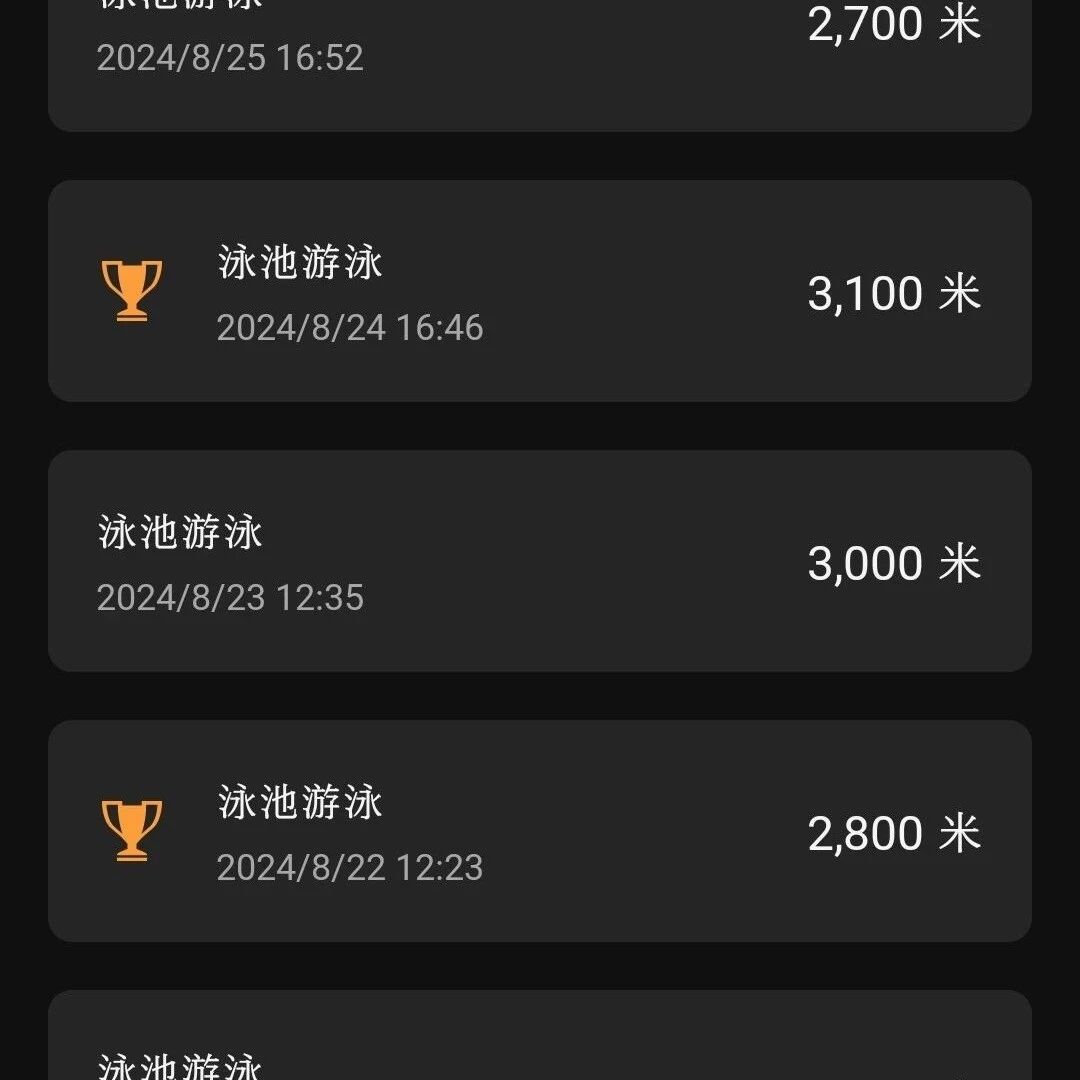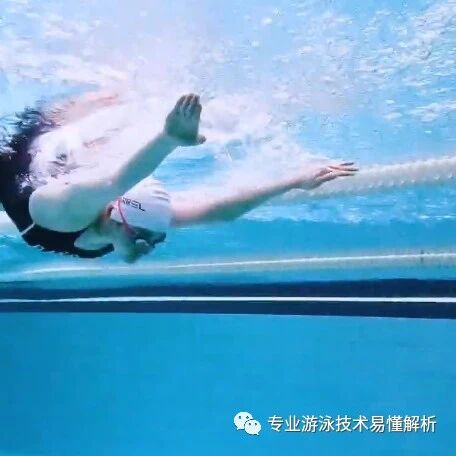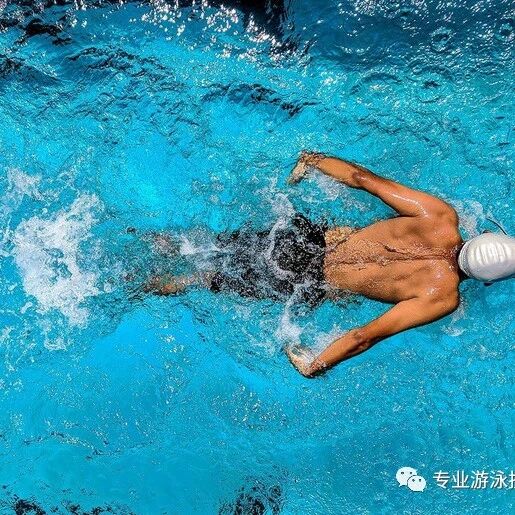What’s the key to speeding up freestyle swimming? How should stroke frequency and stroke length be balanced?
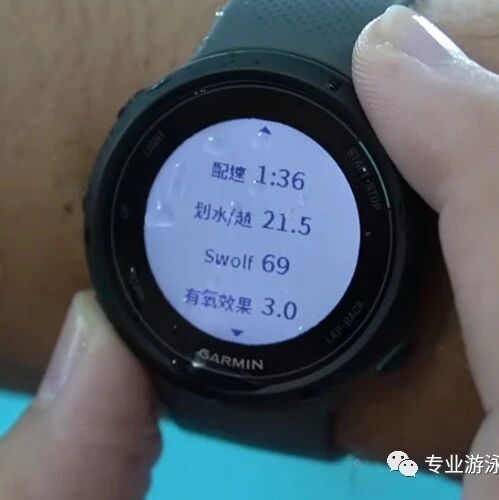
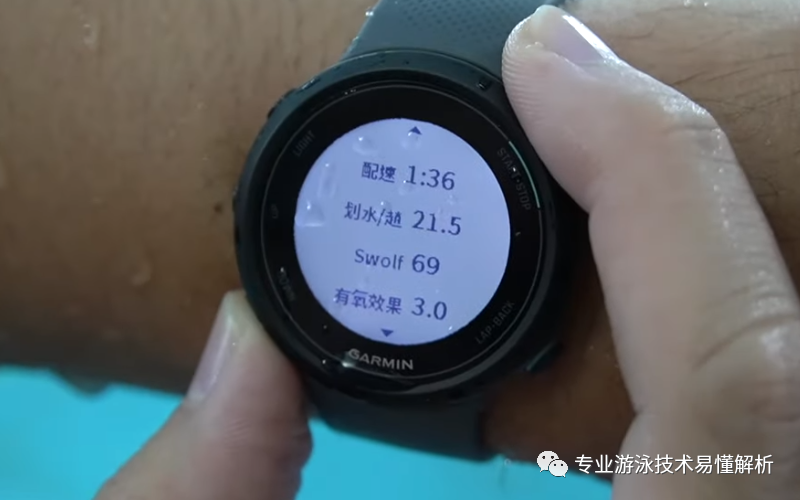
From the concept of stroke length, we can see that for a given distance, the longer the stroke length, the fewer strokes required. This outcome directly translates to higher swimming efficiency—meaning less energy is expended over a specific swim distance, making it what we call "efficient swimming." Such high efficiency is particularly useful in guiding long-distance swimmers, with an emphasis on optimizing and increasing stroke length.
Another way to understand high swimming efficiency is that, for a given swimming distance, the less time it takes to complete the entire course, the higher the efficiency. This type of efficiency emphasizes swimming as quickly as possible and is often applied to short-distance sprint training, focusing particularly on increasing stroke frequency.
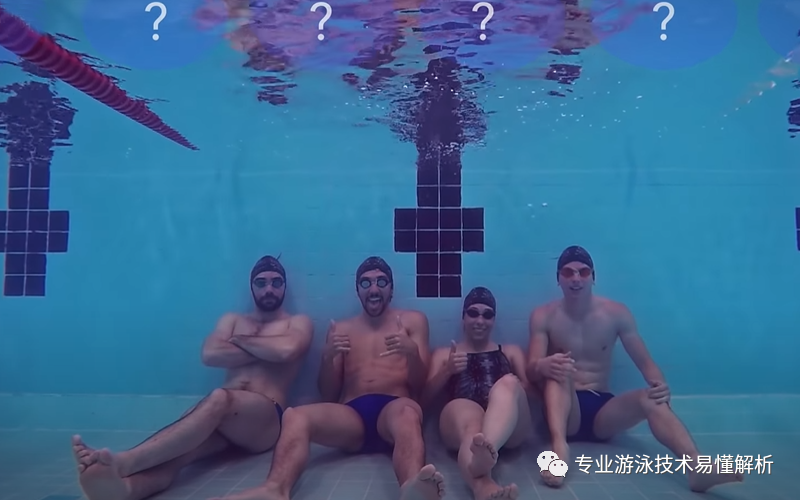
2. Visually Understanding Stroke Length and Stroke Frequency
Stroke distance, indicated by the DPS symbol on sports watches (short for Distance Per Stroke), refers to the actual distance your body moves through the water with each stroke. Stroke rate, represented by the SR symbol on sports watches (short for Stroke Rate), measures how many strokes you take per minute. There are several common ways to express stroke rate: some coaches prefer using "cycle time," which is the amount of time it takes for one complete arm cycle—from entry into the water at one point all the way back to the next entry point. Cycle time (CT) is often directly equated to SR; for instance, a CT of 1 second corresponds to an SR of 120, while a CT of 2 seconds would match an SR of 60.
Here, we can draw an analogy using a car engine: stroke distance corresponds to the engine's torque, while stroke frequency mirrors its RPM. In lower gears, you have lower RPM but higher torque, whereas in higher gears, the RPM increases while torque decreases. After all, a car with excellent performance always strikes the perfect balance between RPM and torque—allowing for quick acceleration and overtaking when you need to boost RPM, yet shifting into higher gears during long-distance driving to maintain a more relaxed, lower-RPM pace.
Returning to swimming, improving your speed isn’t just about increasing either your stroke rate or stroke length—both factors play a role. When it comes to accelerating over short distances, boosting your stroke rate has a more significant impact on speed. However, for maintaining and enhancing speed over medium-to-long distances, increasing stroke length becomes even more critical than raising stroke rate.
Additionally, increasing the stroke rate will inevitably lead to a shorter stroke length—but as long as this reduction remains within an acceptable range and directly contributes to improving the stroke rate, it can be considered a necessary trade-off.
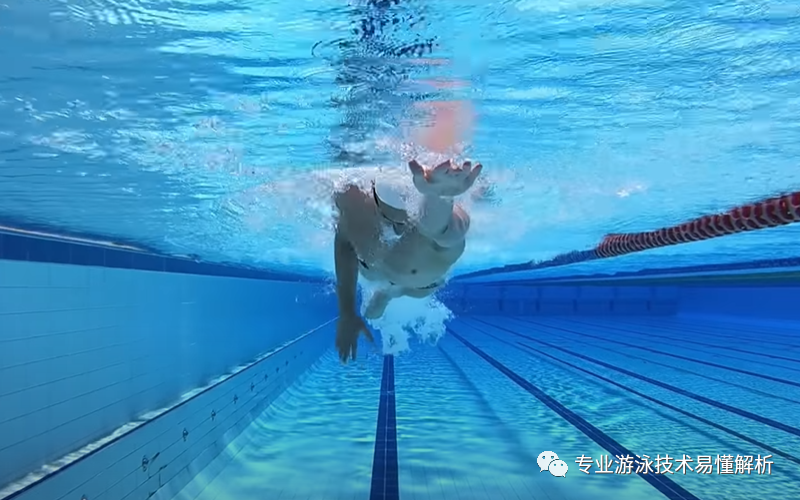
In summary, stroke frequency and stroke length are directly related to swimming distance—meaning that in a 25-meter pool versus a 50-meter pool, the stroke frequency and stroke length metrics differ significantly, making direct comparisons less meaningful for swim training purposes. For instance, if it takes 1 minute to swim 100 meters with 54 strokes, the DPS (distance per stroke) would be 100 meters ÷ 54 strokes = 1.85 meters/stroke, while the SR (stroke rate) would be 54 strokes ÷ 60 seconds = 0.9 strokes per second—or alternatively, 60 seconds ÷ 54 strokes = 1.11 seconds per stroke. Consequently, the swimmer's speed can be calculated by multiplying the stroke length (1.85 m/stroke) by the stroke rate (0.9 strokes/sec), resulting in a swimming speed of 1.67 meters per stroke.
Therefore, improving swimming speed depends first and foremost on the distance being swum—after all, the strategies for boosting speed over 1500 meters are entirely different from those used for short 50-meter sprints. The data measured by a sports watch can serve as a useful reference: when aiming to increase speed over shorter distances, swimmers should focus on raising their stroke frequency by 5 to 6 strokes per minute. In contrast, for longer distances, the key is to extend each stroke length by about 0.1 meter. Some swimmers might find this approach surprisingly easy, yet they’ll quickly notice that the experience of swimming the first 100 meters feels quite different from tackling the tenth 100-meter segment.
